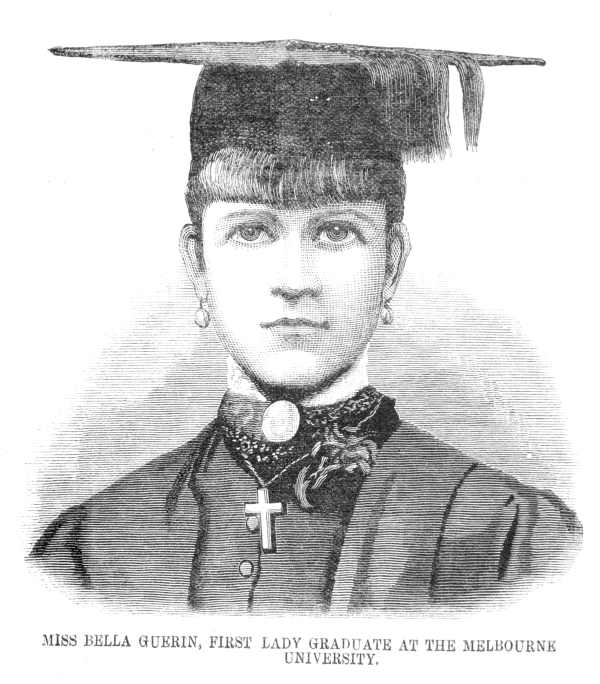It was this month, 135 years ago that Julia Margaret Guerin (Bella for short) graduated from Melbourne University. Who is Bella you ask? She was the first ever woman to graduate from a university in Australia.
Women were permitted to undertake study at Australian universities from the 1880s. Bella commenced her Bachelor of Arts at Melbourne University in 1881, with just three other women starting degrees there at that time. She went on to obtain her Masters in 1885.
Fast forward to 2018 and the higher education landscape is very different.
Women's participation in higher education is expanding in Australia and women now outnumber men in overall enrolments. In 2016, women represented 55.9% of enrolled domestic students across all universities or other institutions that award some but not all of these degrees: Diplomas, Bachelors, Masters and Doctorate.
The latest Household, Income and Labour Dynamics in Australia Survey also found that more women than men are actually graduating from tertiary education.
Beyond graduation, the proportion of women and men entering the labour market on a full- time basis is relatively high and gender balanced.
With most women and men entering the workforce on seemingly equal footing, Bella sure would be shocked to find out that a gender pay gap still exists in favour of men across 17 out of 19 fields of study and across nine out of 13 industries.
What that means is the gender pay gap that follows most women throughout their entire lives, begins at graduation. And in economic terms, lower salaries mean that women receive lower rewards from investing in their tertiary education than men.
For those undergraduate women studying an architecture and built environment, they experience a 13.0% graduate gender pay gap. Law and paralegal studies, undergraduate women face a 7.9% gap; and humanities, culture and social sciences, a 7.6% gap.
So while more women than men graduate from higher education institutions and receive the same education as men, women continue to be undervalued in the majority of study fields and industries at the start of their career.
But there are actions women can take:
- Know your worth and benchmark your salary expectations against your peers and not against your salary history.
- Check the Higher Education Enrolments and Graduate Labour Market Statistics fact sheet to see graduate gender pay gaps in your field.
- Don't limit yourself to careers that are considered 'traditional' for women.
Image credit: State Library of Victoria, "Miss Bella Guerin, first lady graduate at the Melbourne University, IAN24/12/83/204"
Source: Farley Kelly, 'Guerin, Julia Margaret (Bella) (1858–1923)', Australian Dictionary of Biography, National Centre of Biography, Australian National University, http://adb.anu.edu.au/biography/guerin-julia-margaret-bella-6503/text11153
